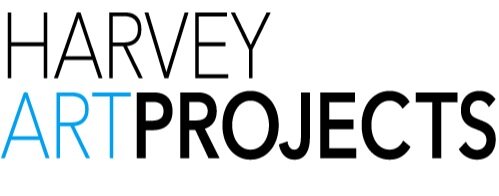Wakartu Cory Surprise
AUSTRALIAN, WALMAJARRI, c. 1930 - 2011
Senior Walmajarri artist Wakartu Cory Surprise was born in the Great Sandy Desert circa 1929. These are close to her words:
"Tapu that's my fathers' country... Kutal my mothers' country.. My parents died when I was a baby. I grew up at Wayampajarti.... That's my country now. I was born in the desert; I was born at Tapu. I don't remember my mummy or daddy... They were finished up in the desert. When I was crawling I went to Christmas Creek. My sister-in-law Trixie took me. I was promised to one old man, he had two wives. We had no clothes when we came in. We were frightened of the Station Manager. He was hitting people so we ran away from that place. Two times we ran away to the desert. The police tracked us down and put chains around the men. They tied my husband up. Then I worked at the main quarters for the police, collecting eggs and washing plates.
I went to the desert with my husband we looked for Pijaju Peter Skipper out there, then we all came back for ceremony. My husband was working contract. I followed my husband on his contracts...fencer him. I worked as camp cook...big mobs I cooked for. We did fencing at Quanbun Downs, Jubillee Station, Yiyily, Cherrabunn Station. I got sick of that station...big one work..I worked so hard...I ran away. I did cleaning, cooking, milking goats.
Me walk out from bush last time...young woman me...with my two brothers. We were living at Wayampajarti and around that country there. At Wayampajarti there is a jila (waterhole)...that's the place of Kalpartu (an ancestral snake). When we lived out bush we got to know law. We got to know where the water is and where our country is...where to find food. You got to be careful not to go to the wrong places...you might make the kalpurtu (spirit snake) angry or them other ones like kukurr, murungkurr, parlangan. You could make other people angry too. You need permission to go to other people's country.
I worked at lots of places: Christmas Creek Station, Cherrabunn Station, Quanbun Downs, Jubilee Downs Station, then I live mainly at one place, Go Go Station (near Fitzroy Crossing) until I got old. I come to Fitzroy in the 1950's. I got big mob of kids...some of them finish up now.
I first started painting at Karrayili Adult Education Centre in the early eighties. We told our stories through painting and I learned to speak to Kartiya (non aboriginal person). I also did painting at Bayulu community near Fitzroy Crossing. That's how I told my story to kartiya. We worked on paper then, not canvas, not board.
When I paint, I think about my country and where I have been travelling across that country. I paint from here (points to head-thinking about country) and here (points to breasts, collarbone and shoulder blades which is reference to body painting). I think abut my people the old people and what they told me, I think about jumangkarni (Dreamtime). Nobody taught me how to paint, I put down my own ideas, I saw these places for my self, I went there with the old people. I paint jiji (sand hills), jumu (soak water), jila (spring), jiwari (rock hole), pamarr (hills and rock country), I think about mangarri (vegetable food) and kuyu (game) from my country and when I was there. Whe I paint I am thinking about law from a long time ago, I am thinking about the country, my country. When I first painted we didn't get money, nothing. I like painting, its good, I get pamarr (word for rock, stone money) for it, I can buy my food, tyres, fix my car, I give some money to family and I keep some for me.”
AWARDS
WINNER - 2010 WESTERN AUSTRALIAN ART AWARD


